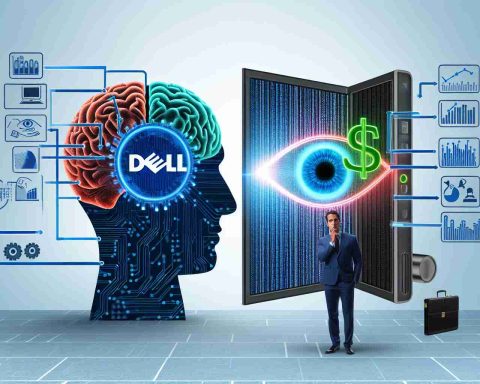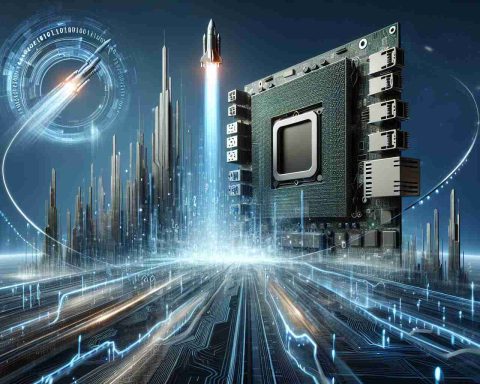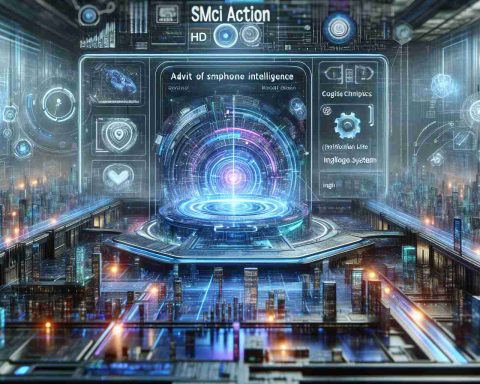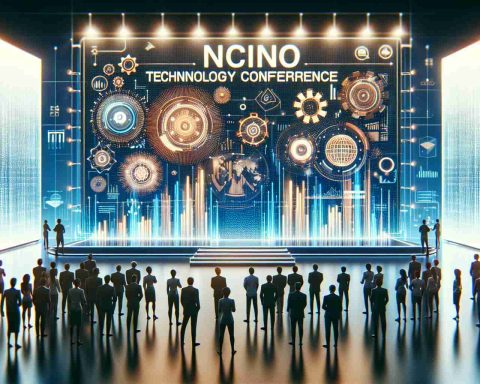The current tech landscape is dominated by a relentless demand for AI chips, with Nvidia’s ultra-powerful GPUs taking center stage. Recently, Nvidia’s data center segment reported an impressive revenue of over $30 billion in just one quarter, a growth rate that has multiplied tenfold compared to two years ago. This boom is fueled by tech giants racing to equip their AI data centers with Nvidia’s cutting-edge hardware.
AI models continue to evolve, often eclipsing their predecessors, with OpenAI’s GPT-4 demonstrating significant advancement over GPT-3. Innovations like Alphabet’s Gemini AI models further exemplify this trend of rapid progression. Despite these improvements, the financial burden is growing. Training GPT-4 reportedly cost around $100 million, a stark increase from GPT-3’s estimated cost of a few million dollars. Future models could push this cost to $1 billion, as anticipated by Anthropic’s CEO Dario Amodei.
However, there might be storm clouds on the horizon for AI development, as signs suggest a potential plateau in model capabilities. Increasing data and computational power no longer guarantee substantial performance enhancements. Venture capitalist Marc Andreessen recently highlighted this concern, questioning the wisdom of continued massive spending on AI chips if advancements falter.
For Nvidia, which has enjoyed remarkable success in the AI chip market, this stagnation could pose significant risks. While a breakthrough might propel AI capabilities beyond current limits, there’s a parallel possibility that the ongoing investment frenzy in AI could lead to financial overextensions and unmet expectations. As it stands, Nvidia’s status as a market leader may be on shaky ground if AI technology has indeed reached a temporary ceiling.
The Hidden Impact of AI Chip Demand: Opportunities and Obstacles Ahead
The demand for AI chips, driven largely by Nvidia’s powerful GPUs, is reshaping industries and economies worldwide. Beyond the recent $30 billion revenue triumph for Nvidia’s data center business, this AI boom is influencing various facets of people’s lives, community dynamics, and national strategies.
Impact on Global Economies
As tech firms pour money into AI chip technology, countries with strong semiconductor industries, like Taiwan and South Korea, are reaping economic benefits. Their focus on advanced manufacturing is strengthening global supply chains and boosting economic growth. Nations without such industries might risk falling behind, thereby widening the technology and economic gap.
Transformations in Workforce Dynamics
The surge in AI capabilities is sparking changes in job markets. Automation of tasks, driven by AI advancements, threatens to displace certain jobs but also creates demand for new roles in data science, AI ethics, and system operations. Communities are facing the challenge of retraining and upskilling workers to meet these demands, leading to both opportunities for growth and potential economic inequality.
Environmental Concerns
Increased investments in AI chips come with a hefty environmental cost. Training AI models requires significant electricity and data center resources, most of which continue to rely on non-renewable energy sources. Communities near large data centers face this impact, pointing to a need for sustainable energy solutions in tech infrastructure.
Ethical and Social Implications
AI’s rapid progression raises ethical concerns, particularly related to privacy and bias in AI decision-making. Communities must navigate the delicate balance between embracing AI’s benefits and protecting individual rights. The discourse about ethical AI practices grows as companies face pressure from both regulatory bodies and the public.
Questions and Controversies
– Can the current growth in AI chips be sustained without significant breakthroughs, or are we facing an economic bubble? The debate is robust, with mixed opinions. A breakthrough might catalyze further growth, but stagnation could lead to unmet expectations and financial loss.
– How should communities prepare for AI’s impact on jobs? Proactive education and retraining programs are vital. Adapting educational systems to emphasize digital literacy and new skill sets is crucial.
Advantages and Disadvantages
Advantages:
– Economic Growth: Countries leading in semiconductor production are experiencing significant economic benefits.
– Job Creation: New roles are emerging in AI-related fields, offering diverse career opportunities.
Disadvantages:
– Job Displacement: Certain jobs are being automated, requiring significant workforce adjustments.
– Environmental Impact: The resource-intensive nature of AI development raises environmental sustainability concerns.
As AI technology continues to evolve, stakeholders—ranging from policymakers to community leaders—must navigate these complexities to harness the positive potential of AI chip advancements while mitigating negative consequences.
For more insights on market dynamics and technological advancements, consider visiting reputable tech websites like TechCrunch and Engadget.






















